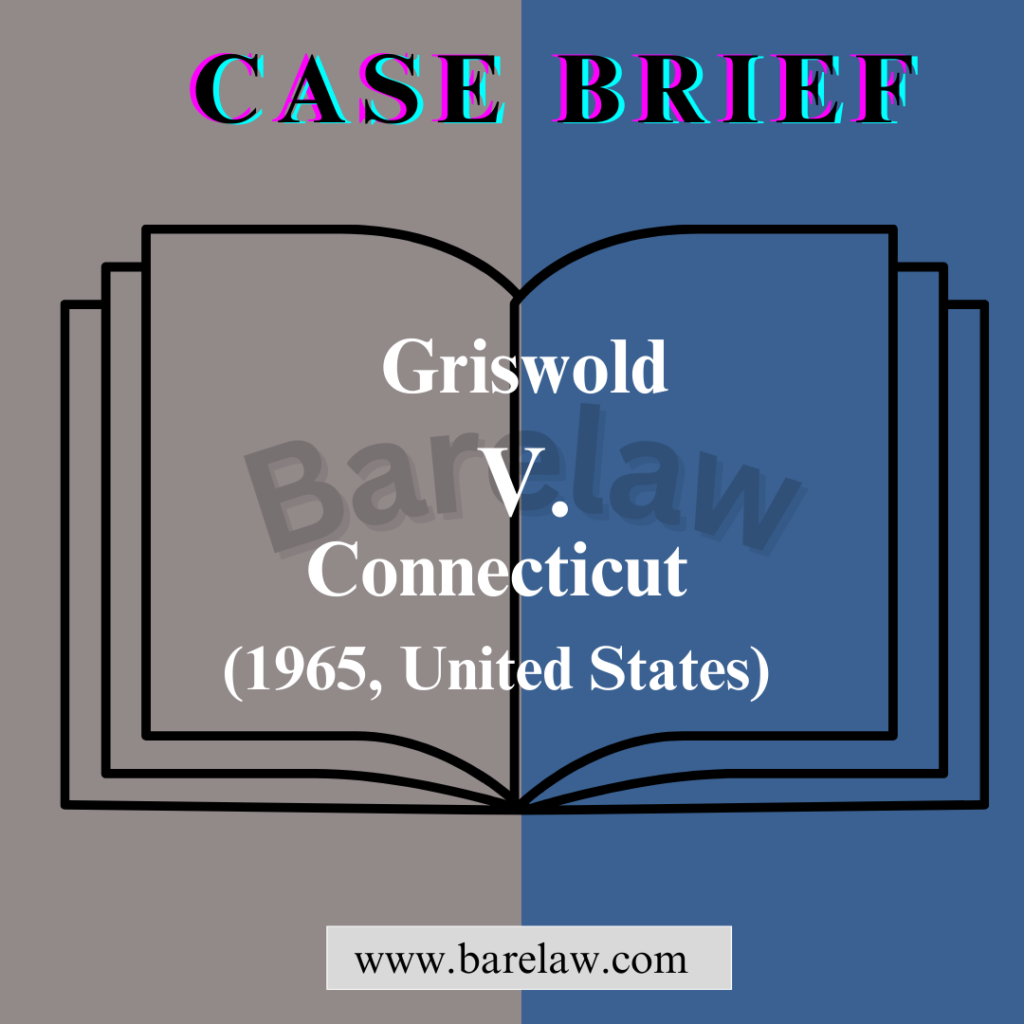
Table of Contents
Griswold v. Connecticut: A Landmark Case Redefining Marital Privacy
Griswold v. Connecticut: A Landmark Case Redefining Marital Privacy
In the annals of American legal history, a handful of cases have left an indelible mark on the landscape of civil rights and liberties. One such landmark decision is Griswold v. Connecticut, a pivotal ruling that not only established the right to privacy within marital relations but also paved the way for the subsequent groundbreaking decision in Roe v. Wade. This seminal case, decided by the United States Supreme Court in 1965, struck down a Connecticut law that prohibited the use of contraceptives and set the stage for a redefinition of personal freedoms and autonomy.
The Right to Privacy Takes Center Stage
At the heart of the Griswold case was the question of whether the state could intervene in the intimate decisions made by married couples. The case revolved around Estelle Griswold, the executive director of the Planned Parenthood League of Connecticut, and Dr. C. Lee Buxton, who provided medical services at the League’s clinic. Together, they challenged a Connecticut statute that criminalized the use of contraceptives, arguing that it violated their fundamental rights to privacy, due process, and equal protection.
The Supreme Court’s decision, delivered by Justice William O. Douglas, marked a significant departure from earlier jurisprudence. While the Constitution did not explicitly mention a right to privacy, the Court recognized that various amendments, taken together, implied a zone of privacy that extended to the most intimate aspects of personal life. In Griswold, the Court found that the First, Third, Fourth, Fifth, and Ninth Amendments, in combination, safeguarded a fundamental right to privacy, which encompassed the decision of married couples to use contraceptives.
Marital Relations and the Sanctity of Privacy
The Griswold decision acknowledged the sanctity of marital relations and the importance of preserving a private sphere within which couples could make deeply personal choices without government intrusion. The Court’s ruling affirmed that such decisions were integral to the individual’s autonomy and dignity, echoing sentiments that would later be invoked in the Roe v. Wade case.
Moreover, the Court’s reasoning highlighted the evolving nature of the Constitution, emphasizing that interpretations of its provisions should adapt to changing societal norms and values. This approach resonated with the shifting attitudes toward personal freedoms and individual rights in the 1960s, as the nation underwent a period of social transformation and reevaluation of traditional norms.
The Ripple Effect and the Path to Roe v. Wade
The Griswold decision’s impact reached far beyond the realm of contraception. Its recognition of a constitutionally protected right to privacy laid the groundwork for the later Roe v. Wade case, which would legalize abortion and extend the sphere of personal autonomy to reproductive choices. The core principles established in Griswold—respect for individual autonomy, protection of personal decision-making, and the role of the state in safeguarding these rights—served as a foundation for Roe v. Wade’s assertion that a woman’s decision to terminate her pregnancy was protected under the right to privacy.
Legacy and Ongoing Debates
Griswold v. Connecticut remains a landmark decision that fundamentally altered the landscape of constitutional law. It enshrined the notion that individuals have a right to make intimate decisions free from unwarranted government intrusion. This principle has reverberated through subsequent legal battles, influencing discussions on issues ranging from reproductive rights to same-sex marriage.
However, the legacy of Griswold is not without its critics. Some argue that the right to privacy, as articulated in Griswold and later applied in Roe v. Wade, has been stretched beyond its original intent and has led to ongoing legal and societal debates. These debates touch upon questions of when and how the state can legitimately regulate certain private decisions in the interest of public welfare.
Conclusion
Griswold v. Connecticut stands as a pivotal juncture in the evolution of American constitutional jurisprudence. The case’s establishment of the right to privacy within marital relations marked a turning point in the recognition of individual autonomy and personal freedoms. Through this decision, the Supreme Court not only struck down a restrictive law but also paved the way for future legal battles that would redefine the boundaries of personal liberty. Griswold’s legacy continues to influence discussions on the role of government in private matters and serves as a testament to the enduring power of the judiciary to shape the course of societal progress.





